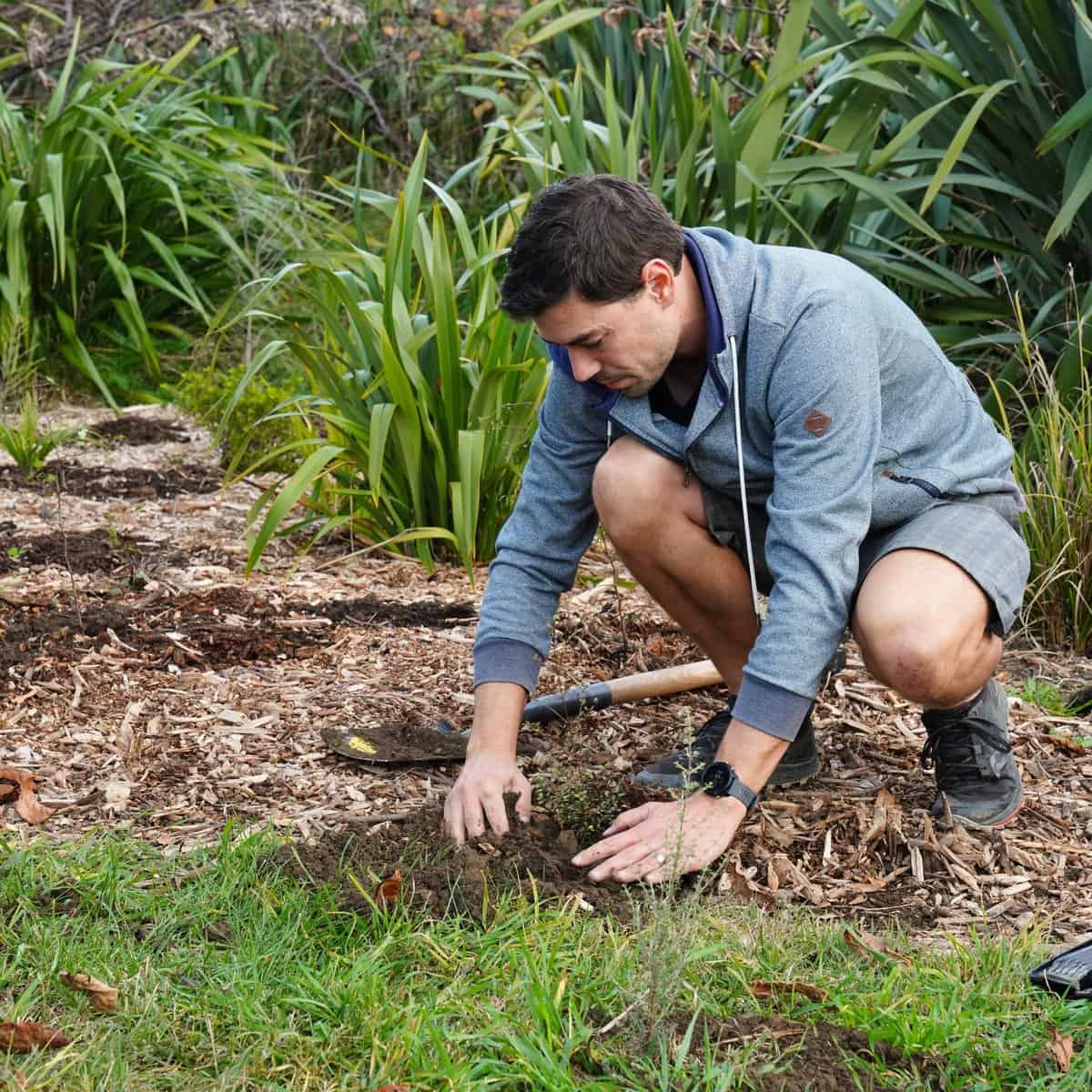Waterways groups want simpler funding processes, survey finds.
08 March 2022
Local groups working to improve waterways and biodiversity are an increasingly important feature of Aotearoa New Zealand’s environmental management landscape and would be able to do more if the government streamlined its processes for supporting them, according to a new report by Cawthron Institute researchers.
In 2021, the Ministry for the Environment contracted Cawthron to survey catchment and community environment groups about how they are organised, what they are doing, what obstacles they face and their priorities for additional support. Based on data from organisations that work with these groups, the Cawthron researchers estimated that there are about 1000 across New Zealand.
Survey responses from 240 groups revealed they are experiencing ‘proposal fatigue’ from spending a large amount of scarce volunteer time on funding applications, with a small chance of success, and often for only small amounts of funding. The resulting financial uncertainty is preventing many groups from making sustained progress. Activities such as tree planting require multi-year planning horizons, for example, it takes two years to grow seedlings and to clear and prepare the land.
Cawthron Institute’s Social Science Manager Jim Sinner says the message from waterways and biodiversity groups is clear.
“They feel the current system of ad hoc, short-term funding, which most groups operate under, is problematic,” Sinner says.
“There is not enough funding available, and the process needs to be simpler and more reliable.”
The groups currently obtain funding from a wide variety of sources, and the amounts vary widely. Roughly half of biodiversity groups and waterways groups reported receiving less than $10,000 during the past three years while, at the other end of the spectrum, about 10% of groups have received more than $500,000 during the same period.
Sinner says groups also want access to more technical expertise and administrative support.
“Groups are getting some technical support from local and regional councils, the Department of Conservation, research organisations and Māori entities, but these organisations could provide more assistance if they were sufficiently resourced for this role. Administrative support could be provided through collectives or, for larger groups, paid staff funded by government grants.”
Sinner says the report has now been submitted to the Ministry for the Environment, which is using the survey results to help design new programmes to support local catchment and biodiversity groups.
Sinner presented these findings alongside his Cawthron colleague Marc Tadaki at a public webinar on Wednesday 09 March 2022. The webinar included lively Q&A sessions as well as a response from the Ministry for the Environment about how they plan on using the survey results.
Watch the full webinar below

Image: Cawthron Institute

Jim Sinner
Social Science Manager

Mark Tadaki
Social Scientist
More on the survey results and report highlights
– Of the 240 groups that responded to the survey, about 60% focus on terrestrial biodiversity projects, putting time and resources into pest control, species protection and habitat restoration. Another 20% of groups focus primarily on restoring waterways through riparian fencing and planting, wetland restoration, advocacy, and soil conservation. The remaining 20% of groups are involved in both kinds of work.
– Two-thirds of waterways groups were formed in 2014 or later, with more groups forming in both 2017 and 2020 when new versions of the National Policy Statement for Freshwater Management were released by the government. In contrast, over half of biodiversity groups have existed for 10 years or more.
– Biodiversity groups include both very small groups (25% had 10 or fewer members) and very large groups (4% had over 1000 members), whereas waterways groups are clustered around 20 people—78% of such groups have between 11 and 50 members.
– Town residents comprise the vast majority of those involved in biodiversity groups, while farmers—especially sheep and beef and dairy—account for most of those involved in waterways groups. Groups with a dual focus (i.e. biodiversity and waterways) have a mix of town and rural residents.
– Of the biodiversity groups who responded, 93% undertake pest or weed control and another 66% do planting for riparian management or biodiversity purposes. A majority (59%) do environmental monitoring. Other common activities include wetland restoration or protection (47%), improving local amenities (39%) and advocacy including making submissions or other representations to government or industry (33%).
– Groups that have a dual focus on biodiversity and water have a wider range of activities than biodiversity groups, including planting (89%), wetland restoration or protection (66%), advocacy (61%), soil conservation (52%), and fencing (41%). In addition, half (50%) say they are doing collective management of water quality, while 30% are helping members with farm environment plans and 27% are looking at land use change or land retirement. A sizeable share of these groups (20%) is involved in constructing wetlands.
– Groups that have a primary focus on waterways undertake similar activities as groups with a dual focus, though fewer waterways groups are involved in pest and weed control and improving local amenities.
– Most groups, some 81%, said their group monitored progress toward their objectives, which is more than the number that reported environmental monitoring. This may be because ‘progress toward objectives’ was interpreted to include activities such as trees planted or traps set. Most biodiversity groups use multiple measures of activity reporting, although 47% also reported monitoring biodiversity outcomes. Pest kills and bird counts were the most common outcome measures. Water quality is being monitored by 22% of the groups with a waterway health focus. Many of the groups said they would start or expand monitoring if they had more resources.